Albums have always been a core part of an artist’s musical journey. Whether it’s a debut project or a long-anticipated comeback, the number of tracks included can influence both listener experience and chart performance.
From traditional vinyl constraints to today’s streaming demands, the length and structure of albums have evolved. In this article, I will cover how many songs are in an album, compare album vs. EP track counts, and highlight key industry examples.
Average Number Of Songs On An Album
An album represents a cohesive collection of musical recordings released as a single unit, containing between 10-14 songs, with an average number of songs on an album is 12 tracks. This format allows artists to show their artistic vision in detail and connect better with their audience.

How Many Tracks In An Album Vs EP?
An EP (Extended Play) contains 4-6 tracks and runs 15-30 minutes, serving as a middle ground between singles and full albums.

Standard albums include 10-15 tracks, offering more comprehensive artistic statements and commercial viability than shorter releases.
How Many Songs In An Album? (Standard Length Guidelines)
Album lengths vary significantly based on format, genre, and artistic intent, with industry standards providing general frameworks.
Here is a table with different types of albums and their track counts.
| No. | Album Type | Track Count | Total Duration |
|---|---|---|---|
| 1 | Mini Album | 6-8 tracks | 20-30 minutes |
| 2 | Standard Album | 10-14 tracks | 35-50 minutes |
| 3 | Double Album | 15-25 tracks | 60-90 minutes |
| 4 | Concept Album | 8-20 tracks | 30-80 minutes |
How Many Tracks Should Be On An Album?
Deciding the number of tracks for an album involves balancing artistic vision with listener expectations and industry norms. There isn’t a magic number, as it depends on your strategic and creative choices.
1. Industry Standard For Albums (10-14 Tracks)
This range remains the most common format because it provides sufficient content for streaming algorithms, radio promotion, and physical sales while maintaining listener engagement.
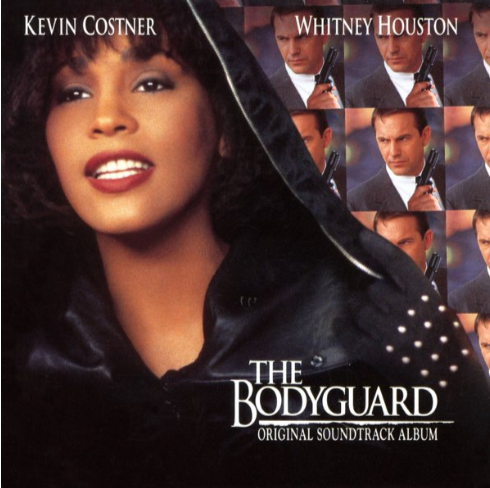
Record labels prefer this length as it strikes a balance between production costs and commercial potential, offering enough variety without overwhelming audiences or exceeding their attention spans.
Example: The Bodyguard by Whitney Houston.
2. Mini Album (8-10 Tracks)
Mini albums work exceptionally well for debut artists, concept releases, or when budget constraints limit recording options. They allow focused artistic statements without filler content, making every track count significantly.

This format suits streaming consumption patterns where listeners often skip tracks, ensuring higher completion rates.
Example: Bat Out of Hell by Meat Loaf.
3. Album Platform-Specific Considerations
Different platforms have varying requirements and optimization strategies:
- Spotify album requirements: No minimum track count, but algorithms favor 7+ tracks for playlist inclusion and discovery features.
- Apple Music guidelines: Similar flexibility with emphasis on high-quality audio files and proper metadata.
- Vinyl record limitations: Standard 12-inch vinyl accommodates 40-50 minutes, affecting track selection and sequencing decisions
- CD capacity constraints: 74-80 minute maximum duration influences double album decisions and bonus content inclusion.
- Digital streaming considerations: Unlimited capacity allows creative freedom but requires strategic curation for optimal user experience.
- Digital streaming considerations: You can listen to these iconic tracks and add more excitement with the most-streamed albums on Spotify, discovering how track count impacts streaming success and playlist inclusion.
Factors That Determine Album Length
Multiple variables influence the optimal track count, ranging from artistic vision to commercial strategy and resource availability.
1. Genre Considerations
Different musical genres have established conventions and audience expectations:
- Rock/Pop album standards: Typically 10-12 tracks, focusing on singles potential and radio-friendly formats
- Hip-hop album trends: Often 12-20 tracks, including skits, interludes, and collaborative features for streaming optimization
- Electronic music album norms: 8-15 tracks with longer individual compositions, emphasizing sonic journeys and dance floor appeal
- Country album patterns: Usually 10-14 tracks with strong narrative themes and traditional song structure
- Jazz album structures: 6-12 tracks allowing extended improvisations and showcasing musical virtuosity
2. Artist Goals & Strategy
Strategic considerations vary significantly based on career stage and objectives:
- Debut artist albums: Often shorter (8-12 tracks) to minimize costs while establishing artistic identity
- Established artist albums: More freedom for experimentation, ranging from focused 10-track releases to ambitious double albums
- Concept albums vs compilation albums: Concept albums prioritize thematic coherence over track count, while compilations maximize hit potential
- Commercial vs artistic considerations: Commercial releases target radio play and streaming metrics, while artistic projects prioritize creative expression
3. Budget & Resources
Financial realities significantly impact album length decisions:
- Recording costs per track: Studio time, musician fees, and production expenses multiply with each additional song
- Production time constraints: Mixing, mastering, and post-production requirements scale with track count
- Marketing budget allocation: More tracks require increased promotional investment for maximum impact
- Label expectations: Record companies often specify minimum track requirements for contract fulfillment and commercial viability
Benefits Of Different Album Lengths
Practical limitations like finances and time can significantly affect an album’s length:
- Short albums (8-10 tracks): Maintain listener attention, reduce production costs, focus artistic vision, increase replay value, streamline promotion efforts
- Standard albums (10-14 tracks): Balance variety with cohesion, meet industry expectations, provide streaming optimization, offer radio single options, satisfy physical format requirements
- Extended albums (15+ tracks): Showcase artistic range, provide bonus content value, maximize streaming revenue potential, accommodate collaborative features, create comprehensive artistic statements
How to Decide How Many Tracks for Your Album?
Independent artists have creative freedom, experimenting with how many songs in an album work best for their vision. Signed artists often align with label expectations and promotional strategies. They can experiment with unconventional lengths and release formats without restrictions from their label.
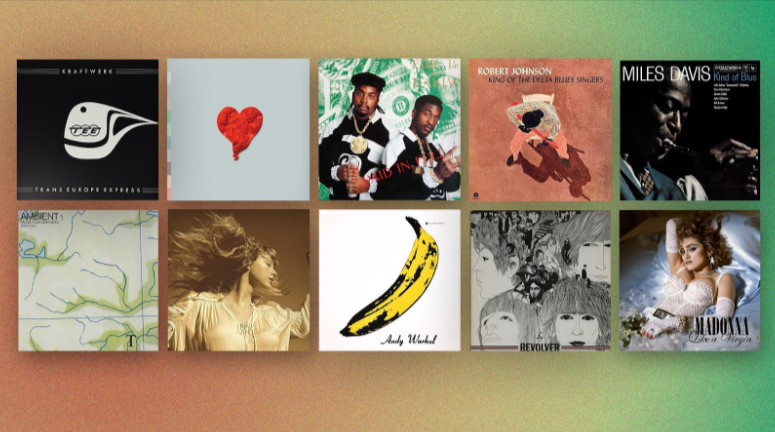
Signed artists must balance label expectations, commercial requirements, and promotional commitments while working within specified budgets and timelines.
Both approaches require careful consideration of target audience preferences, genre conventions, and platform optimization strategies for maximum impact.
Common Album Track Count Mistakes to Avoid
Artists often make strategic mistakes when determining album length, which can impact both commercial success and artistic coherence.
- Including filler tracks: Adding weak songs just to reach target numbers dilutes overall quality and listener experience
- Exceeding listener attention spans: Creating overly long albums that lose audience engagement midway through the listening experience
- Ignoring genre conventions: Drastically departing from established norms can confuse target audiences and industry professionals alike
- Overlooking platform optimization: Failing to consider streaming algorithm preferences and playlist inclusion requirements for maximum exposure
- Neglecting physical format limitations: Not accounting for vinyl or CD constraints when planning release strategies and formats
Successful Album Examples By Track Count
Many iconic albums have achieved success with varying lengths, showcasing that quality and impact aren’t solely tied to a specific number of songs. Here are a few prominent examples:
| Artist | Album Title | Track Count | Genre | Year |
|---|---|---|---|---|
| Michael Jackson | Thriller | 9 | Pop/R&B | 1982 |
| AC/DC | Back in Black | 10 | Hard Rock | 1980 |
| Whitney Houston / various artists | The Bodyguard | 12 | Pop/R&B/Soul | 1992 |
| Shania Twain | Come On Over | 16 | Country Pop | 1997 |
| Meat Loaf | Bat Out of Hell | 7 | Rock Opera | 1977 |
Let’s talk about each of these albums and understand what sets them apart.
1. Michael Jackson – Thriller (9 songs)
Each of its nine tracks was meticulously crafted, with many becoming global hits. The album’s conciseness ensured every song was impactful. He remains one of the greatest pop music artists of all time. His focused approach set a new standard for pop album production and quality.
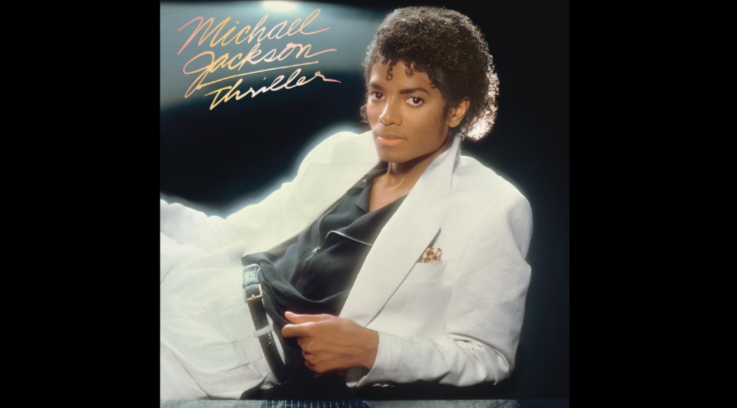
2. AC/DC – Back in Black (10 songs)
This album is a masterclass in lean, powerful, hard rock. Every one of its ten tracks is iconic, with no filler. Its focused energy and memorable riffs made it a timeless classic and one of the best-selling albums globally. AC/DC had one of the biggest concerts ever, which took place in 1991 with an estimated 1.6 million attendees.

3. Whitney Houston / various artists – The Bodyguard (12 songs)
This soundtrack balanced Houston’s powerful new hits with contributions from other artists. The 12 tracks created a compelling emotional arc that mirrored the film, with Houston’s songs, especially “I Will Always Love You,” driving its phenomenal success. For music lovers who appreciate how soundtracks enhance storytelling, you can also explore the best movie soundtracks from epic orchestras to pop songs.
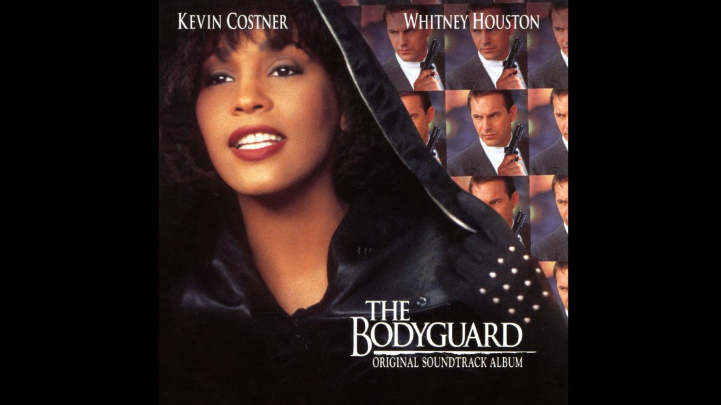
4. Shania Twain – Come On Over (16 songs)
A longer album for its time, especially in country-pop, its 16 tracks offered incredible value and a plethora of hit singles. This generous offering appealed to a wide audience, contributing to its record-breaking international sales and crossover success.

5. Meat Loaf – Bat Out of Hell (7 songs)
With only seven tracks, this album showcased epic, lengthy rock opera-style compositions. Each song is a self-contained narrative, and the album’s theatricality and powerful performances made its shorter tracklist feel grand and complete, proving that less can indeed be more.
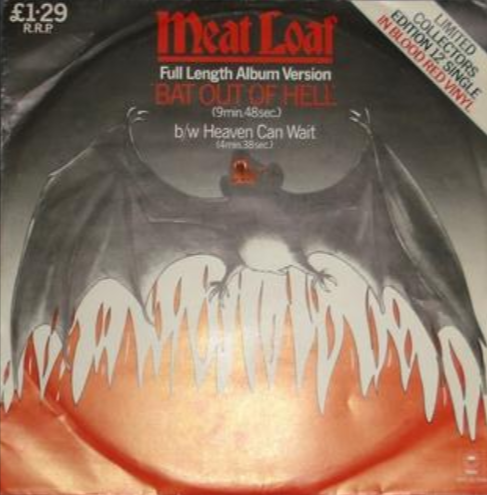
Tips For Creating The Perfect Album Length
Strategic planning ensures optimal track count decisions that align with artistic vision and commercial goals effectively.
- Study successful albums in your genre: Research track counts of acclaimed releases to understand audience expectations and industry standards
- Consider your budget realistically: Calculate production costs per track to determine a financially feasible album length without compromising quality standards
- Plan for physical formats early: Account for vinyl and CD limitations when selecting final track listing and sequencing decisions
- Test track sequences extensively: Experiment with different orders and combinations to create optimal listening flow and emotional journey progression
- Prioritize quality over quantity consistently: Focus on the strongest material rather than padding albums with mediocre tracks that weaken the overall impact
Conclusion: Albums Have Approximately 10 To 14 Tracks
How many songs on an album isn’t set in stone, but it needs to balance artistic vision, commercial strategy, and practical constraints. While industry standards favor 10-14 tracks, successful albums show that quality and cohesion matter more than adhering to specific numbers.
From Michael Jackson’s 9-track “Thriller” to Shania Twain’s 16-track “Come On Over,” the most successful releases prioritize strong songwriting and strategic curation over arbitrary track counts.
The key is to make sure each track contributes meaningfully, creating a cohesive and compelling experience that connects with the intended audience. Focusing on quality over sheer quantity will always serve the music best.
FAQs
Generally, 6 tracks are considered the minimum for a release to be classified as an album by streaming platforms, especially if the total runtime exceeds 30 minutes.
Interludes, skits, intros, and outros are counted as individual tracks on an album if they are listed separately.
While individual track streams generate royalties, longer albums with more tracks can potentially lead to higher overall stream counts if listeners engage with the entire project.
This depends on the strategy. Two shorter EPs or mini-albums can maintain fan engagement more consistently, while a long album offers a deeper artistic statement.
An album can have 7 tracks. While it might be considered a “mini-album” by some, if it presents a cohesive artistic statement, it’s valid (e.g., Meat Loaf’s “Bat Out of Hell”).










Leave a Comment